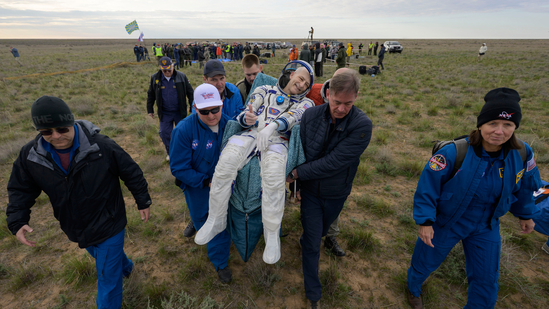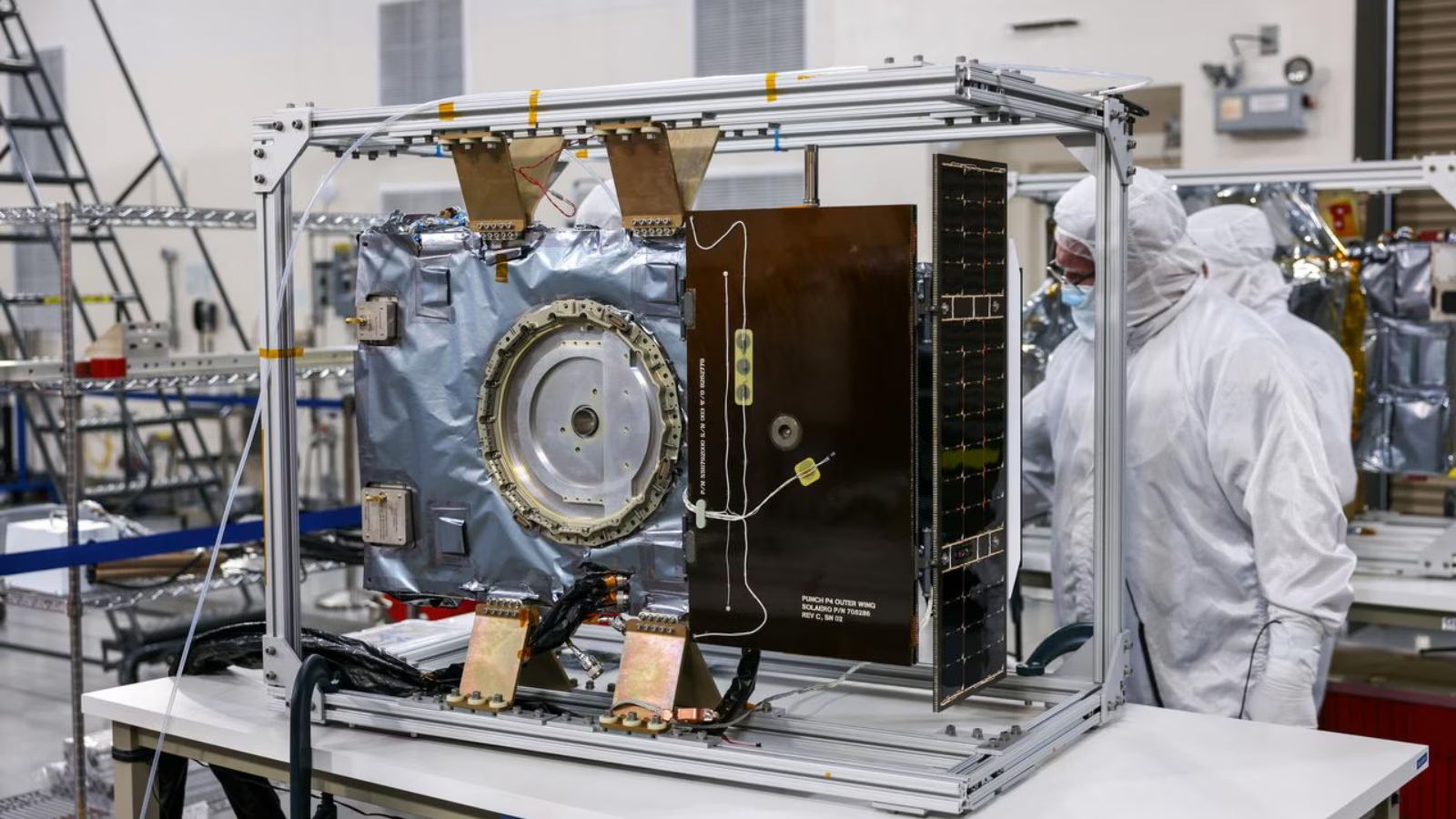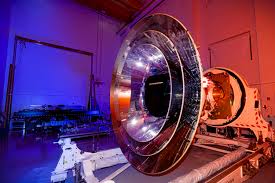- Courses
- GS Full Course 1 Year
- GS Full Course 2 Year
- GS Full Course 3 Year
- GS Full Course Till Selection
- CSAT
- 5 LAYERED ARJUNA Mentorship
- Public Administration Optional
- Online Program
- GS Recorded Course
- NCERT Batch
- Polity Module Course
- Geography Module Course
- Economy Module Course
- AMAC Module Course
- Modern India, Post Independence & World History Module Course
- Environment Module Course
- Governance Module Course
- Science & Tech. Module Course
- International Relations and Internal Security Module Course
- Disaster Management Module Course
- Ethics Module Course
- Essay Module Course
- Current Affairs Module Course
- ABOUT US
- OUR TOPPERS
- TEST SERIES
- FREE STUDY MATERIAL
- VIDEOS
- CONTACT US
NASA’s Oldest Active Astronaut Returns to Earth on 70th Birthday
NASA’s Oldest Active Astronaut Returns to Earth on 70th Birthday
23-04-2025

- NASA’s oldest active astronaut, Don Pettit, returned to Earth on April 20, 2025—the same day he turned 70 years old.
- He completed a seven-month mission aboard the International Space Station (ISS) and landed in Kazakhstan aboard the Soyuz MS-26 capsule, along with two Russian cosmonauts.
- This successful joint mission between NASA and Roscosmos continues a long tradition of space cooperation, even amid geopolitical challenges.
- Comparison with Other Missions :
- The crew's 220-day stay was slightly shorter than the 9-month mission of NASA astronauts Butch Wilmore and Suni Williams, who were stuck on the ISS due to technical issues with their return spacecraft.
Key Facts :
- Astronaut: Donald (Don) Pettit
- Nationality: American (NASA)
- Other Crew Members:
- Alexei Ovchinin (Russia)
- Ivan Vagner (Russia)
- Spacecraft: Soyuz MS-26
- Landing Location: Near Zhezkazgan, Kazakhstan
- Landing Date & Time:
- April 20, 2025 (Pettit’s 70th birthday)
Mission Highlights :
- Total Time in Space: 220 days
- Number of Orbits Around Earth: 3,520
- Total Distance Travelled: 93.3 million miles
- Number of Spaceflights for Pettit: 4th spaceflight
- Career Duration: 29 years at NASA
Scientific Research Conducted on ISS
The crew conducted several key experiments during their mission:
- Research on water sanitization technologies
- Studies on plant growth in different space conditions
- Investigations into fire behavior in microgravity
- These experiments contribute to advancements in life support systems, food production in space, and fire safety for future long-duration missions.
Significance of the Event
- Record-Setting Age:
- Demonstrates that age is not a limitation for space travel when combined with health, experience, and training.
- Space Health Research:
- Pettit's return offers valuable data on the effects of long-duration space travel on elderly astronauts, potentially helping in designing missions for diverse age groups in the future.
- Ongoing U.S.–Russia Cooperation:
- Despite tense U.S.-Russia relations due to the Ukraine conflict, this mission shows that space remains one of the last areas of cooperation between the two nations.
- The mission was jointly executed by NASA and Roscosmos, reflecting the continued commitment to peaceful international collaboration in space.
Historical Background: Key Milestones in NASA-Russia Cooperation
1. Apollo–Soyuz Test Project (1975)
- First international human spaceflight mission.
- An American Apollo spacecraft docked with a Soviet Soyuz spacecraft.
- Took place during the Cold War, marking a period of détente between the USA and USSR.
- Symbolized the beginning of peaceful cooperation in space.
2. Shuttle–Mir Program (1990s)
- A series of joint missions where NASA’s Space Shuttle docked with Russia’s Mir space station.
- Provided important experience in international crew management, docking technology, and long-duration space missions.
- Laid the groundwork for the construction and operation of the International Space Station (ISS).
Current Status: Ongoing Collaboration Through the ISS
International Space Station (ISS)
- NASA and Roscosmos are key partners in the operation of the ISS.
- Other partners include ESA (Europe), JAXA (Japan), and CSA (Canada).
- Operational since 1998, with decommissioning planned by 2030.
- The ISS serves as a platform for scientific research, international teamwork, and technology development.
Key Aspects of Cooperation:
- Joint Missions: Astronauts and cosmonauts regularly fly on each other's spacecraft.
- Shared Facilities: Laboratories, life support systems, and equipment are co-managed.
- Scientific Exchange: Research on medicine, agriculture, physics, and space technologies.
- Crew Safety: Mutual support in emergencies or technical malfunctions.
|
Also Read |
|
| NCERT Books For UPSC | |
| UPSC Monthly Magazine | Best IAS Coaching in Delhi |



